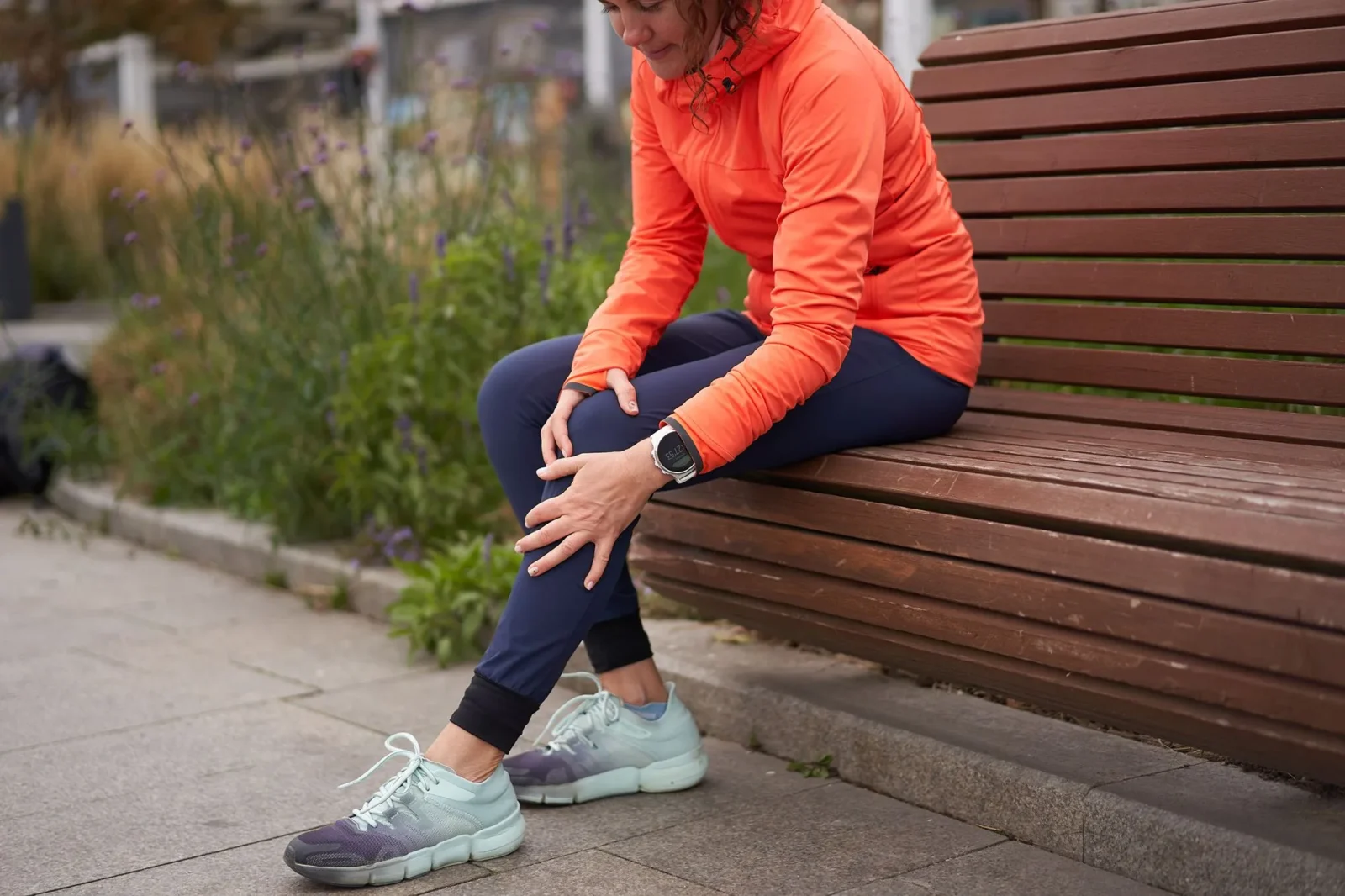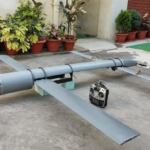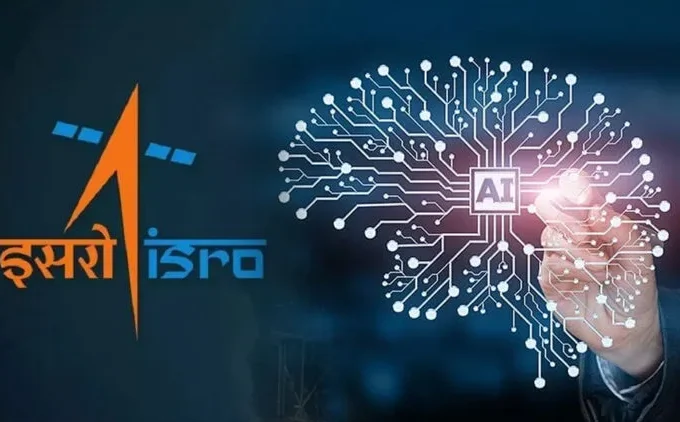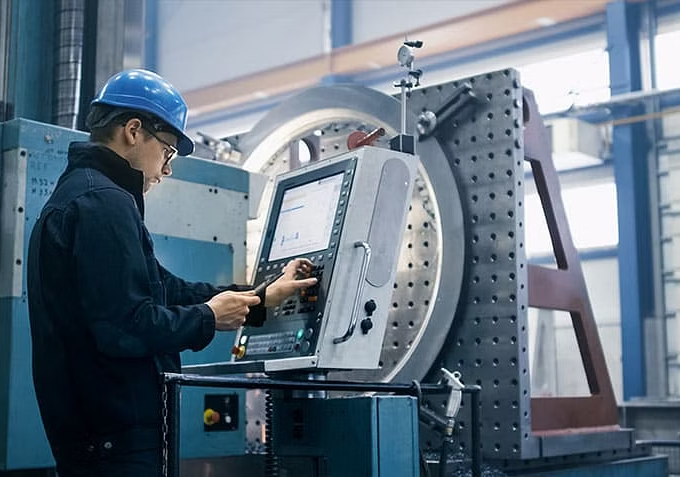Researchers from the Indian Institute of Technology (IIT) Guwahati have developed a Deep Learning (AI)-based model that automatically assesses the knee osteoarthritis severity from X-ray images.
The AI-based model, named OsteoHRNet, can be used to detect the severity level of the disease and assist medical practitioners remotely for a more accurate diagnosis.
Knee osteoarthritis is the most common musculoskeletal disorder in the world and has a prevalence of 28 percent in India.
There is no possible cure for knee osteoarthritis except total joint replacement at an advanced stage hence an early diagnosis is essential for pain management and behavioural corrections.
MRI and CT scans provide a 3D image of the knee joints for effective diagnosis of knee osteoarthritis but their availability is limited and expensive.
For routine diagnosis, X-Ray imaging is very effective and more economically feasible.
“Compared to others, our model can pinpoint the area which is medically most important to decide the severity level of knee osteoarthritis thus helping medical practitioners detect the disease accurately at an early stage,” said Dr Palash Ghosh, Assistant Professor, Department of Mathematics, IIT Guwahati, in a statement.
The proposed approach is not a direct plug-and-play of popular deep models. The AI-based model uses an efficient Deep Convolutional Neural Network (CNN) that is, an algorithm from image recognition.
This AI model predicts knee osteoarthritis severity according to the World Health Organization (WHO) approved Kellgren and Lawrence (KL) grading scale that ranges from grade 0 (low severity) to 4 (high severity).
It is built upon one of the most recent deep models, called the high-resolution network (HRNet), to capture the multi-scale features of knee X-rays.
“Although simple, the proposed model may be a good starting point for analysing inexpensive radiographic modalities such as X-rays,” said Prof. Arijit Sur, Department of Computer Science and Engineering, IIT Guwahati.
“Our group is currently focusing on how efficient Deep Learning based models can be designed so that we can work on inexpensive and easily available modalities such as very low-resolution radiographic images or even photos taken from radiographic plates by a smartphone,” Sur added.
The team is further working to reconfigure these models in such a way that they can be deployed in resource-constrained devices so that medical professionals can easily get an initial but accurate guess for the diagnosis.
This work has the potential to mitigate the severe shortage of skilled personnel in this field, especially in rural India.
The research has been accepted for publication in the journal Multimedia Tools and Applications.
















Leave a comment